|
We have seen and read many children's books on animals and are absolutely thrilled with this new Borneo Animal series written by Beverley Hon and illustrated by Lim Lay Koon. Firstly, these are animals which are found in our backyard, so to speak. Secondly, the books are beautifully written and thirdly, the illustrations are just right. We start with three books in the series: the binturong or bear cat, the tapir and the slow loris.
We expect three more titles to be added later this year including the pangolin and the orangutan with more to come. If you want to make sure an animal is not missed out, just put it down in the comments below. Note: these books are printed entirely on thick card and sewn in the centre, with wraparound cover. They are in a good square size, making them friendly for both children and the adults reading to them.
5 Comments
The long-awaited book, Pak Belang the Tiger, will be ready on 18th March. Author Rossiti Aishah Rashidi has had a string of successful animal and environmental-themed books for children. She wrote this one as if she is having a pleasant chat with children, making her text simple and easy to understand. Rossiti personally chooses the illustrators she wants for her books. This does not always work well as authors do not necessarily make the right choice - or at least the publishers do not think so! The right illustrations in a picture book are critical and many publishers prefer to choose their own illustrators. Fortunately for Rossiti, she has a successful formula and is sticking to it. Simple text combined with outstanding realistic and detailed illustrations make her books winners. Pak Belang the Tiger is no exception - the illustrations by Indonesian artist Widiyatno are breathtaking.
Pak Belang, as many of us know, is the Malay nickname for tiger and means Mr Stripes. Pak Belang is the King of the Malaysian forest. He is a carnivore and a top predator. But one animal is not afraid of him. Guess which? Pak Belang is a good swimmer but is not so good at climbing. He kills his prey instantly with a bite on the neck. However, Pak Belang has one great enemy – humans. Today, there are not many tigers left in the wild. Pak Belang, the Malayan tiger is on the list of critically endangered animals. This information and other fascinating facts are found in the book. Whether reading alone or being read to, children are likely to find the book engrossing. Teachers and educators may also use the book as an additional resource. Rossiti is a frequent speaker on environmental issues. Write to us at [email protected] if you wish to invite her to your school. Add this valuable and beautiful book to your home or school library.
Hearts, her latest picture book, is a wordless book. Done in her favourite medium, water colour, the illustrations have softer colours and feel. Appropriately so, the story is about a girl finding a bottle of hearts and returning each heart to the owner. When she finds one heart broken, she mends it carefully. Unable to locate the owner, she wears the heart on her sleeve hoping that somehow the owner may recognise and claim it. Meanwhile, the 'heartless' owner is angry and destructive. There are many layers to this story and the use of metaphors in the illustrations is rather clever. While not strictly for children, a child will enjoy the more direct messages of the story. Read into it whatever you wish and it will probably speak to you in different ways at different times and that's the job of a good book.
Emila's illustrations for Puteri Gunung Ledang uses the motifs of Malaysian batik sarongs which can be seen in the repeated floral and plant designs placed symmetrically. However, unlike the bright colours of batik, Emila uses primarily red, yellow, grey and white, resulting in a subdued effect. The story is told in poetry which gives it drama and pathos, suitable for a play. This is definitely one book to add to your collection if you are a fan of folktales and a collector of beautiful picture books. Note: We would like to take this opportunity to acknowledge the editor, Datuk Hjh Zaiton Ajamain.
Timun Emas is an Indonesian folktale of a woman who longed for a child. Her wish was granted by a giant but there was a price. When the child has grown, the giant will come for her. That seemed like so far away and her desire so great that the woman agreed without further ado. The giant gave the woman some cucumber seeds with instructions that she should plant and take good care of them. The woman did as she was told and one day, one of the golden cucumbers ripened and inside was a beautiful baby girl. The woman named her child Timun Emas. This folktale is similar to the story of Thumbelina from Denmark where a little child was born from the flower of barley corn. In another way, it is also similar to a German folktale, Rumpelstiltskin where a goblin helped a woman but the price was her firstborn. How these stories come about, we can only guess. Folktales certainly reflect our shared humanity and much have been written about them and their meanings and significance. As an example, this story has been interpreted to mean the empowerment of women for in all cases, the women found a way to overcome a bad situation. We are happy to present Evi Shelvia's retelling of this Indonesian folktale and she has added a delightful creature, the Kuda Kepang. Evi's gorgeous illustrations make this story all the more delightful and the book will be one to keep and treasure. The publication date for this book is 30 December 2016 and will be made available for online purchase at www.oyezbookstore.com.
Have you ever sat in a train and looked through the windows and wondered where everyone is heading? Who are your fellow travellers and what are the places you have passed? And then you arrived at your destination almost with regret for the journey was certainly part of the pleasure. Well, Lucia Hiratsuka thought about this too and wrote and illustrated a book, Na janela do trem which translated from the original Portuguese language into English is, Through The Windows of a Train. Of Japanese descent, Lucia was born and raised in Brazil. She grew up on her father's farm which was called Asahi meaning 'morning sun' in Japanese. The farm was located in Duartina in the countryside of Sao Paulo. She first traveled by train with her grandmother and since then has always enjoyed traveling by train and looking through the windows. Here are a few illustrations from the book. This story is not finished yet as Oyez!Books is bringing this lovely book to Malaysian children in Bahasa Malaysia. In November 2015, Oyez!Books rights director, Lei, went to the Shanghai International Children's Bookfair. There she met Antonio Erivan, rights director of Cortez Editora. Antonio showed her many books including Na janelo do trem. At the same time, Oyez!books was looking for suitable books to translate and we have also received information from the Brazilian Embassy in Kuala Lumpur that we may apply for a translation grant from the Fundação Biblioteca Nacional which is the National Library of Brazil. After much deliberation, (on the shortlist were beautiful illustrated books on the animals of the Amazon) we selected Na janelo do trem because we love Lucia's simple illustrations and because the story is one that a Malaysian child can relate to. In October this year, we were informed that our application for a translation grant was successful. It was enough to cover the translation and editing cost (which was from Protuguese to English to Bahasa Malaysia as we couldn't find anyone suitable who could do a direct translation from Portuguese to Bahasa Malaysia.) We are now in the process of getting the book ready for publication early next year. Can't wait! Stay tuned for further update!
Hans Christian Andersen was born on 2 April 1805 in Denmark, an only child. His father encouraged his love of literature and his mother, although uneducated herself, believed in and encouraged her son. Hans was a weak child with poor health. His mother spent a lot of time with Hans, telling him stories, often using puppets and a makeshift theatre. Hans grew up loving stories and the theatre and decided he wanted to be an actor. He went to Copenhagen to find work as an actor but was not successful. He was tall and ungainly and not a particularly good actor. After many failures, Hans tried his hand at writing. His first book, a collection of fairy tales which was published in 1835, was not an immediate success. But Andersen did not give up. He continued writing. Ten years later, his stories began to receive recognition and were translated into other languages. His fame and his stories began to spread all over the world. One of Hans's more popular stories is The Ugly Duckling. This story is almost like the life of Hans Christian Andersen. Hans's success is a tribute to his parents who looked at the ugly duckling and saw a beautiful swan. Less known here but also one of Hans Christian Andersen's popular stories is The Last Dream of the Old Oak Tree. This story tells about the long life of an oak tree and all that it has witnessed. Compare that with the life of a mayfly which was only one (human) day. However, for the mayfly, the one day is a long life and it is measured in many moments. This story was published in 1858 when Andersen was 53 and already famous. Writing this story, Andersen must have been thinking of his life and how much he had to be thankful. For in the end, this story ends on a hopeful note, recognising the beauty and inevitability of life. The Last Dream of the Old Oak Tree was republished by Oyez!Books in 2015 and illustrated by Chooi Ling Keong. Chooi Ling used a combination of medium including colour pencils. She loved using colour pencils for their soft and gentle feel although it took a long time to achieve the effect she wanted. Take a look at the book and you will see the love that has gone into the illustrations. We think Andersen would be very happy with the illustrations, don't you think? Trivia: Do you know, Hans Christian Andersen was a contemporary of Charles Dickens. Hans loved visiting England and he enjoyed Dickens's company. He would turn up at Dickens's house and unfortunately, he would stay so long and outstay his welcome.
For our Around the World in Picture Books Giveaway for October, here is a beautiful picture book from Spain!
Here are some lovely illustrations from this book: Latin American countries certainly produce very beautiful picture books. Do you know, Oyez!Books will be publishing a book from Brazil. The original language is Portuguese but we will be publishing it in Bahasa Malaysia. This is due out next year. Here is an illustration from the book, Na Janela Do Trem - Through the Window of A Train.
Jimmy Liao is one of Taiwan's most well-known illustrators. He has illustrated many beautiful picture books with his bright colours and in black and white. Our selection today is The Blue Stone. Once there was a blue stone who remained for thousands of years deep within the forest. One day, it was broken into two and one part of it was taken away to build different things according to the whims of humans. It was made into a statue, a sign, a tombstone, a love pendant and so on. The blue stone witnessed human sorrow and love as it went through its different forms. It longed to return to the forest where it could lie in peace. Finally, the blue stone was broken into small pieces where the wind carried it back to the forest. This is a bittersweet story that Jimmy Liao is well-known for. According to different interviews, his art started to change after he'd had leukemia and recovered. Although the colours of his illustrations are bright, yet the story portrays deep emotion such as alienation and loss. Jimmy's illustrations have also been created in virtual reality format. Wouldn't you like to step into his world? But for now, you may be the lucky winner of this book!
Korean children's picture books are some of the best in the world and they have won international awards such as the Bologna Ragazzi Award. Here we highlight two hardcover picture books which will be given away to two lucky winners who buy any books from oyezbookstore.com in the month of August.
2. It's Fine
We are giving away picture books from different countries each month as part of our Around the World in Picture Books year-long programme. Get a chance to win with any purchase from Oyez! online bookstore!
Today, 29th July is Global Tiger Day. This majestic animal can be found in Malaysia but is now facing extinction. The International Union for Conservation of Nature (IUCN) has classified the Malayan tiger as "Critically Endangered", its numbers now reduced to an estimate of less than 300. How do animals become extinct? Mostly, it is through human carelessness and callousness. We hunt them and we destroy their habitat thoughtlessly. It is also ignorance. But we can correct this. Organisations such as the WWF are doing all they can to protect tigers. Individuals such as Rossiti Aishah Rashidi is doing all she can to educate children about caring for the environment and wildlife. Her three earlier books, Manja the Orang Utan, Puteri Tioman the Green Turtle, and Siti the Elephant highlight the plight of these animals. Now, almost two years in the making, Rossiti's next book is Pak Belang the Tiger, illustrated by Indonesan artist Widiyatno. Pak Belang is a name commonly given to the tiger. Meaning Uncle Stripe or Mister Stripe, it is both a respectful and affectionate term. The book engages children with its rich and realistic illustrations coupled with simple and clear text. Congratulations to author Rossiti for yet another wonderful book and we hope we will see more work from artist Widiyatno. Pak Belang the Tiger will be published in Dec 2016.
|
Archives
March 2022
Categories
All
|

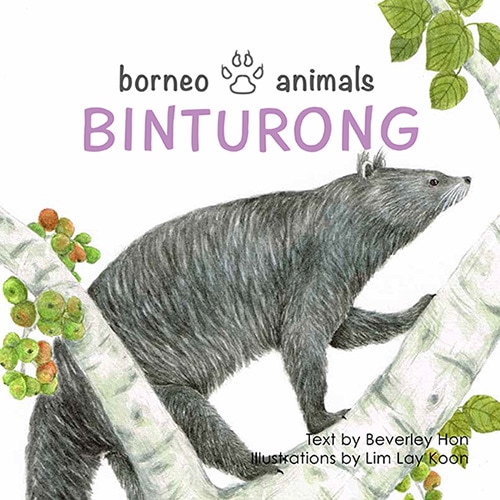
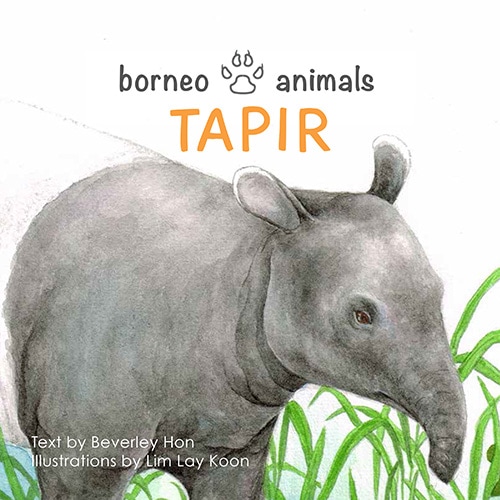
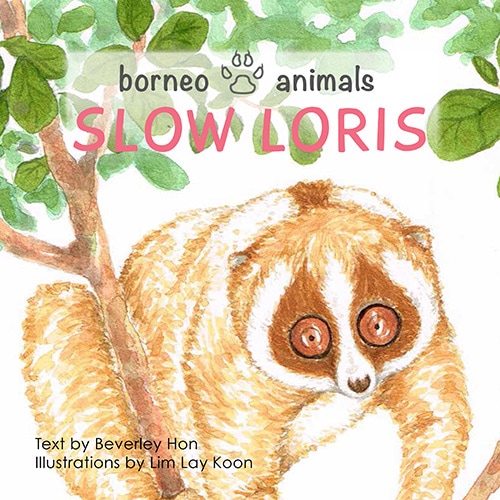

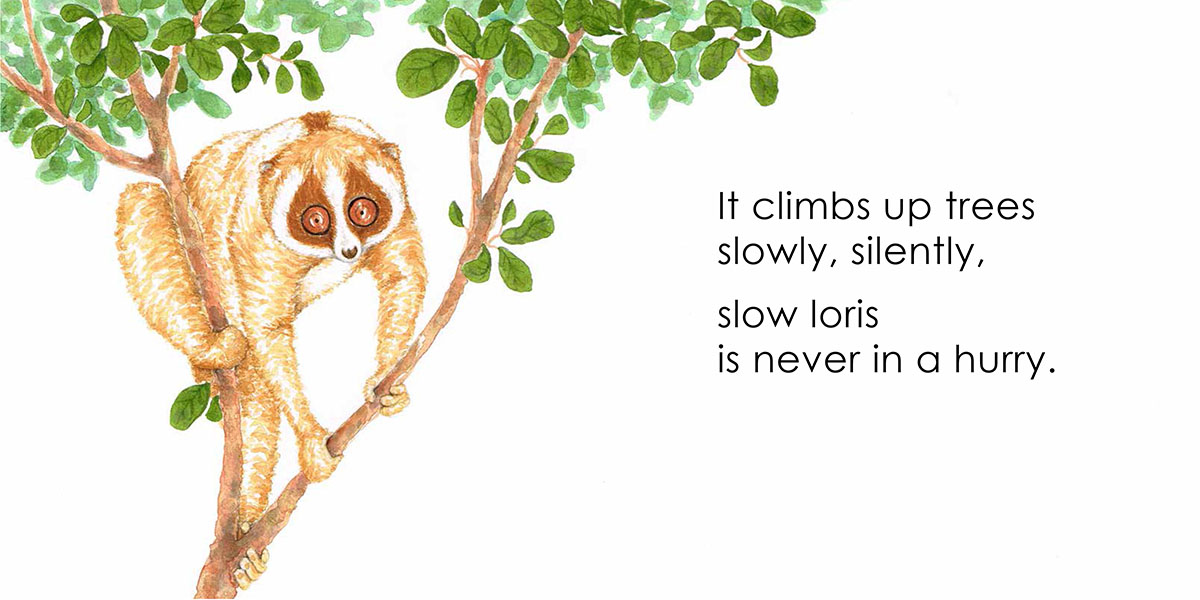
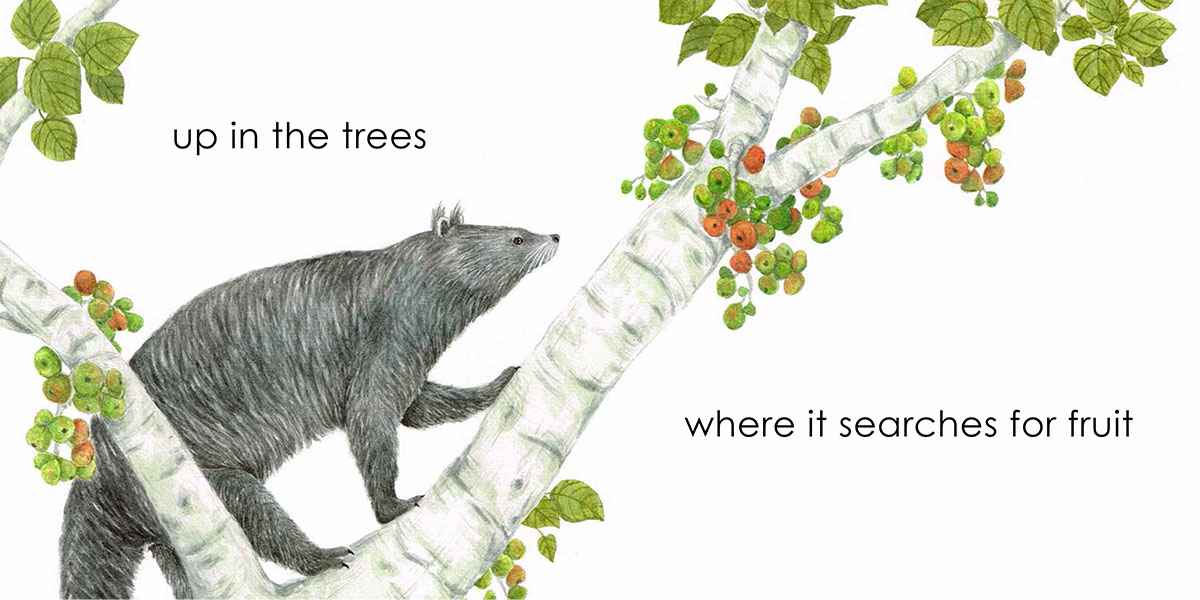
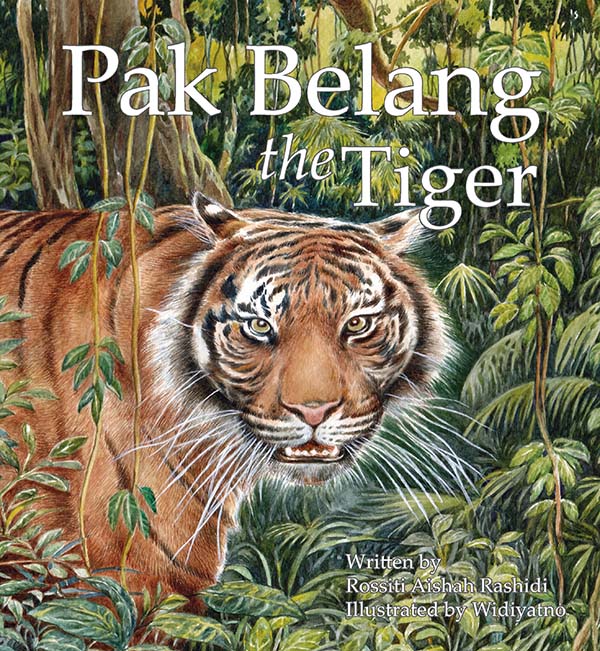
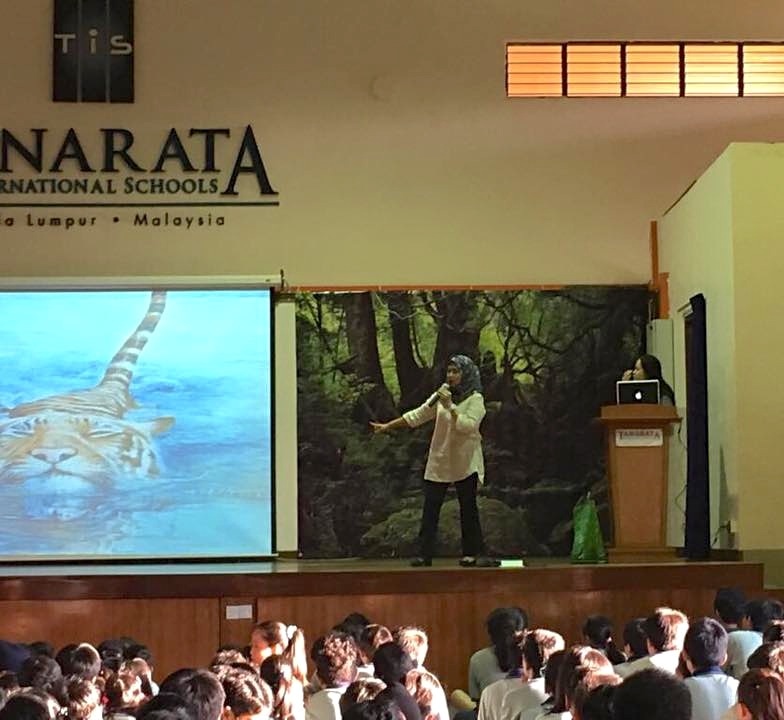

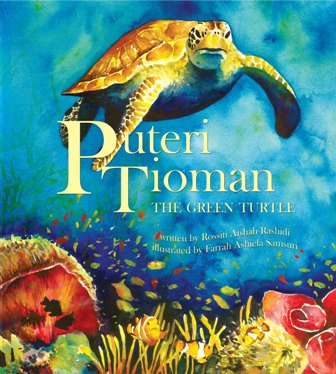
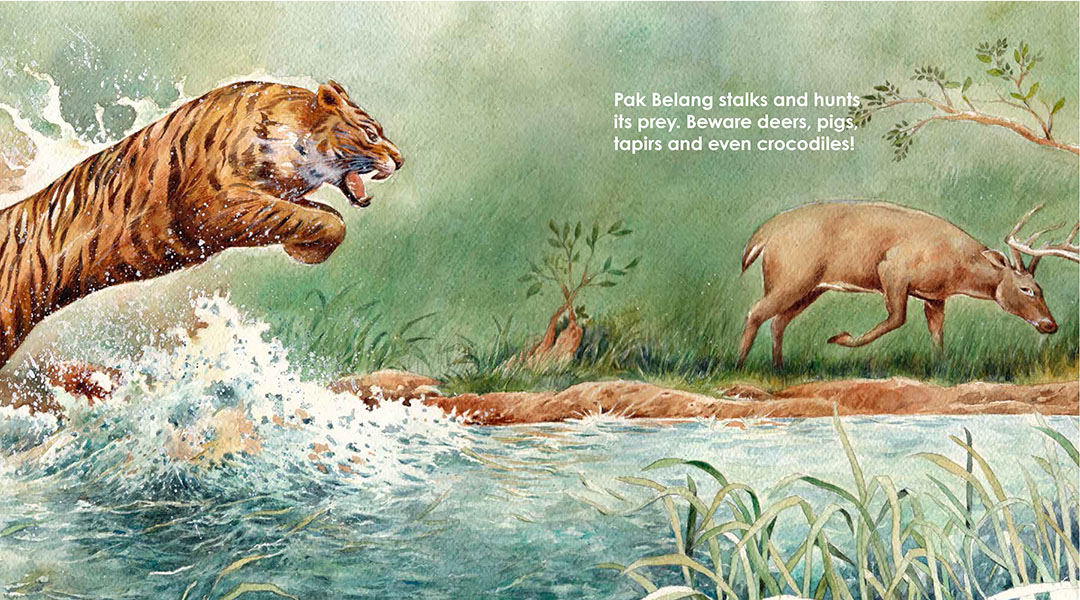
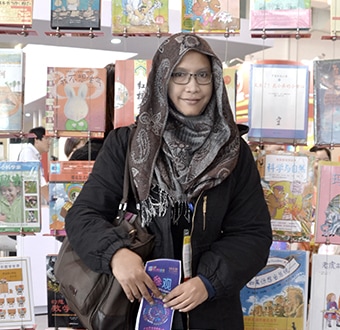
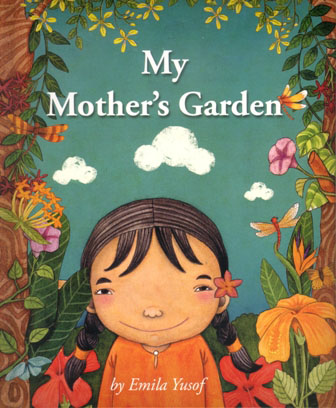
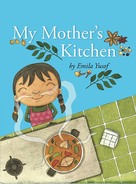
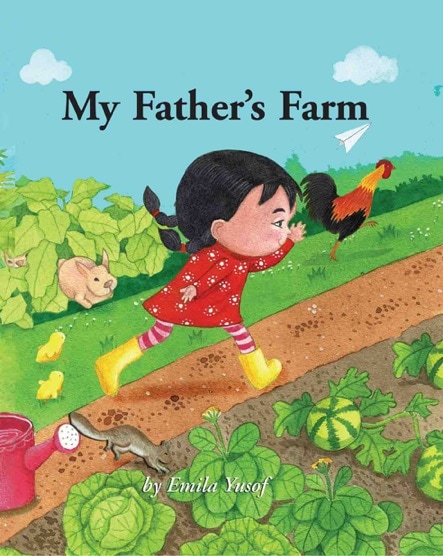
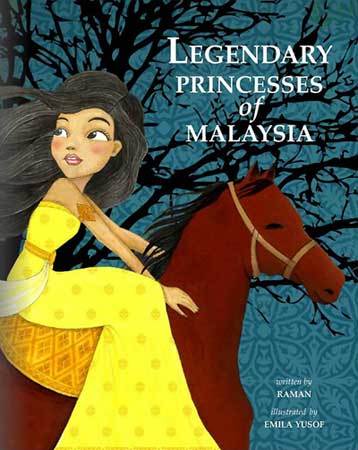
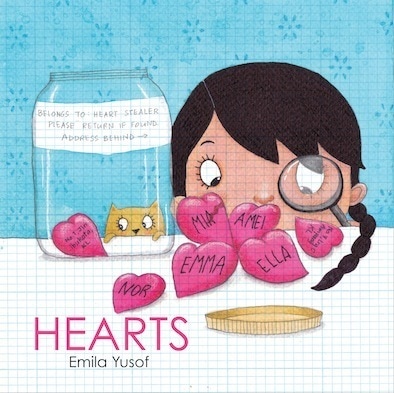
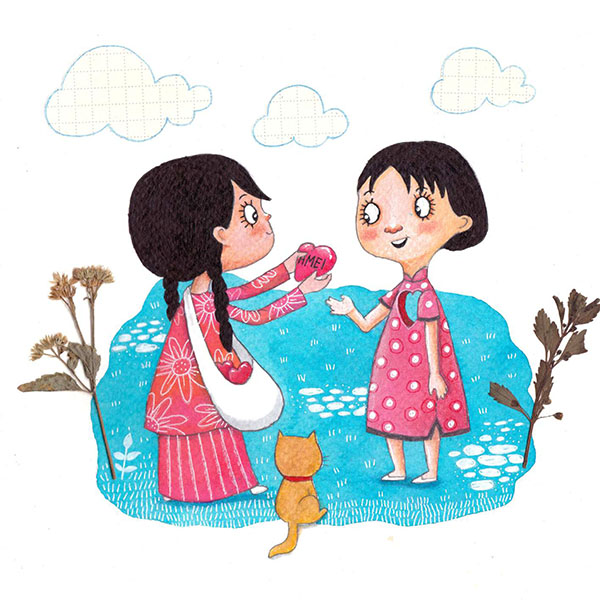
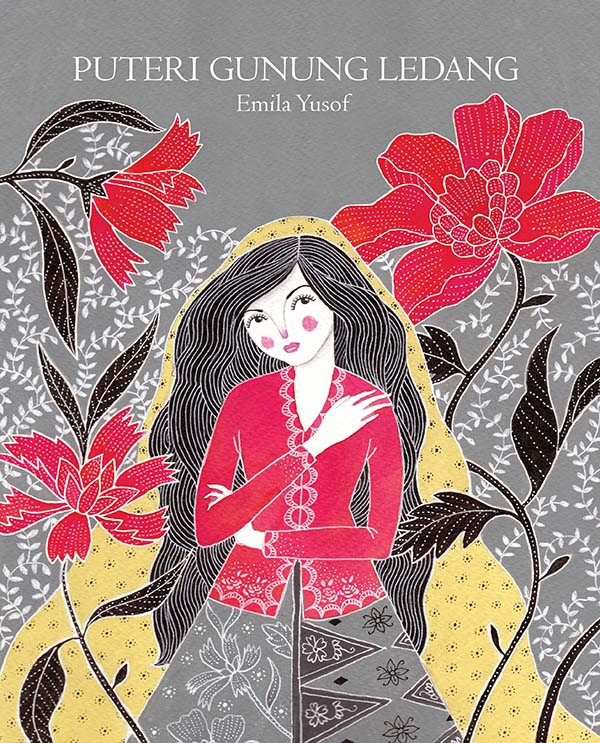
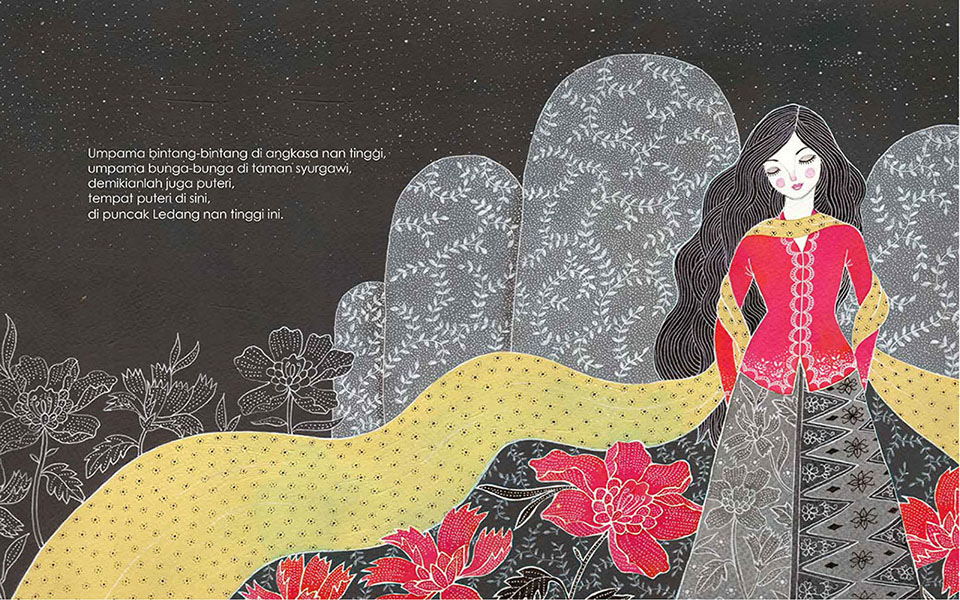
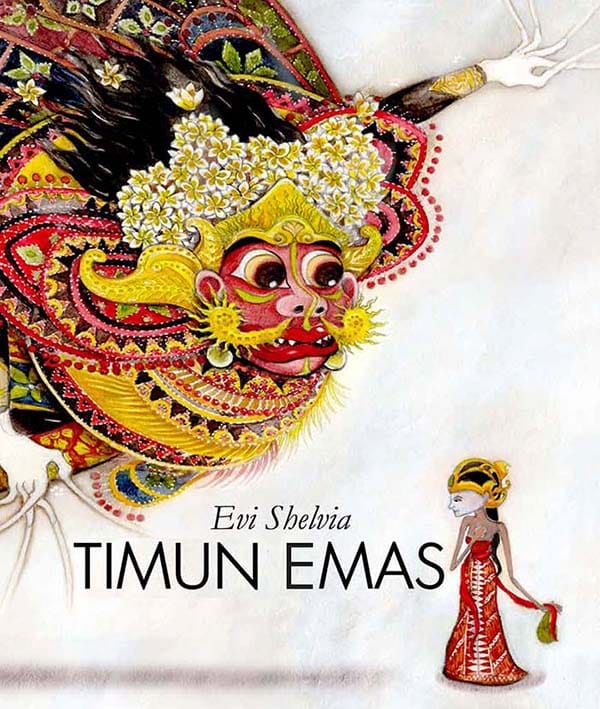
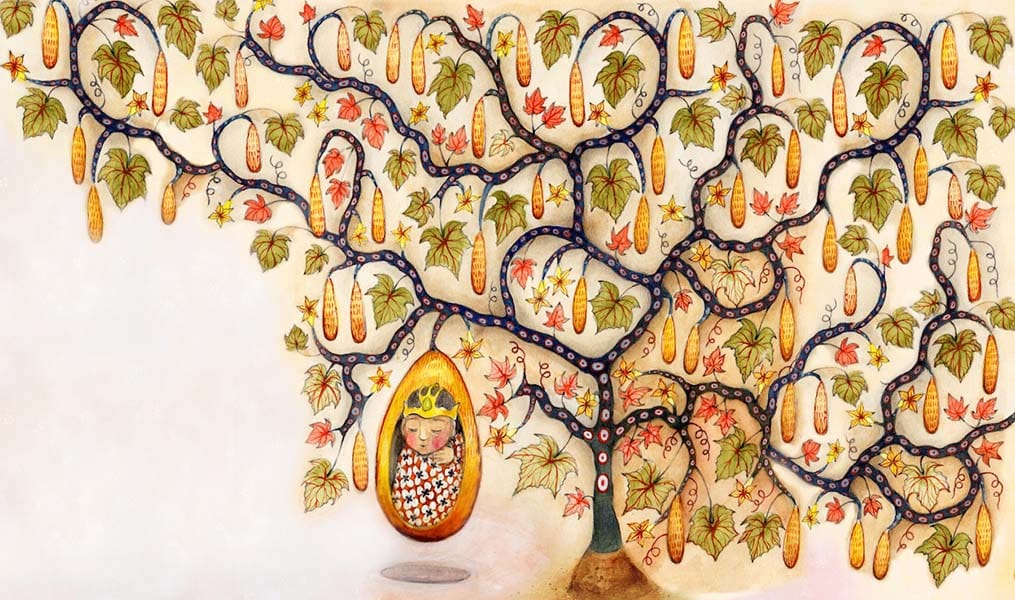
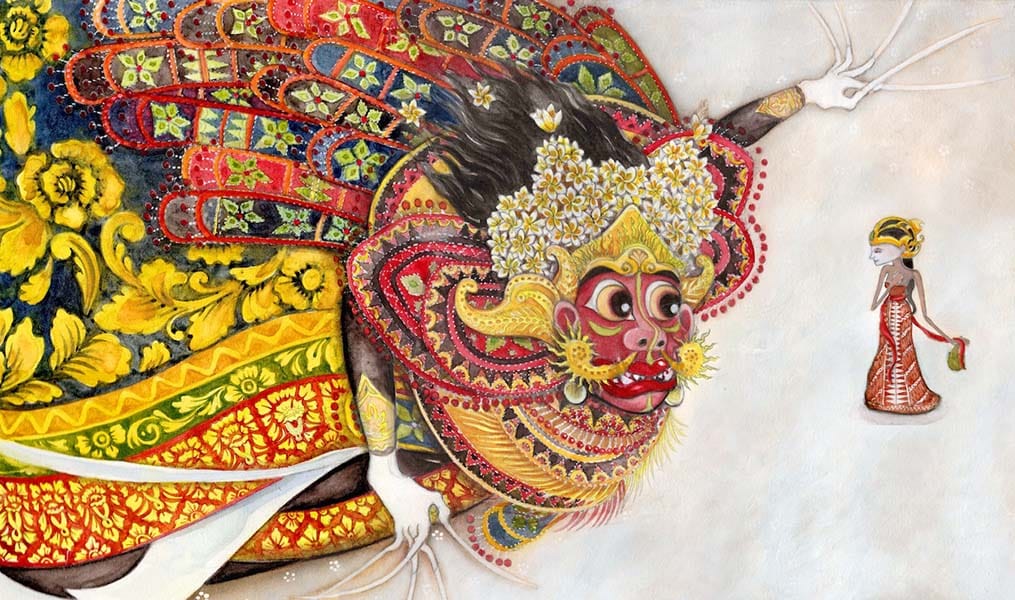

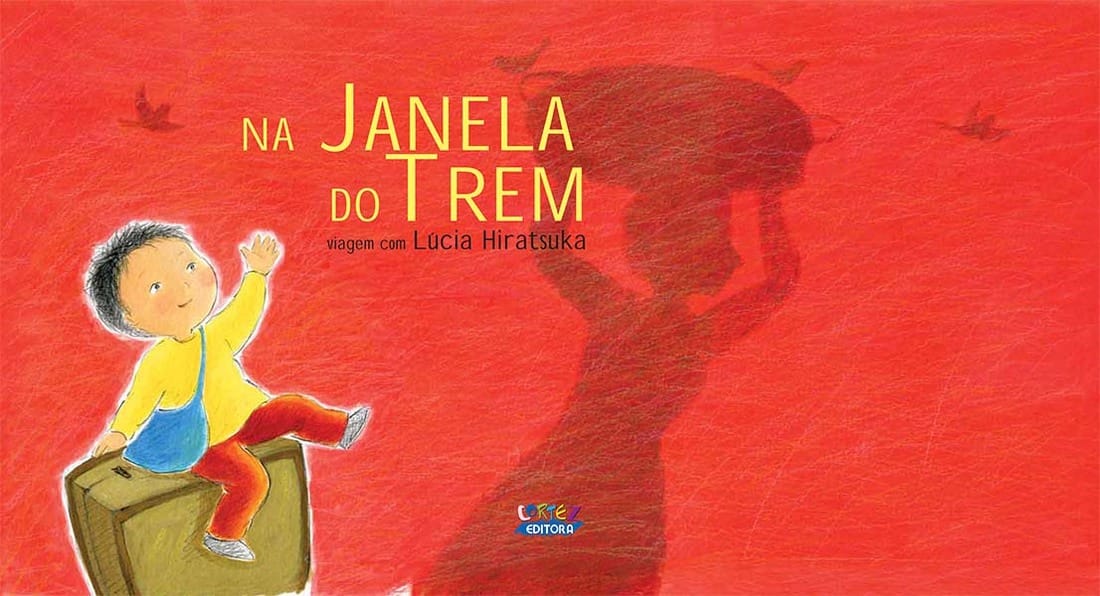
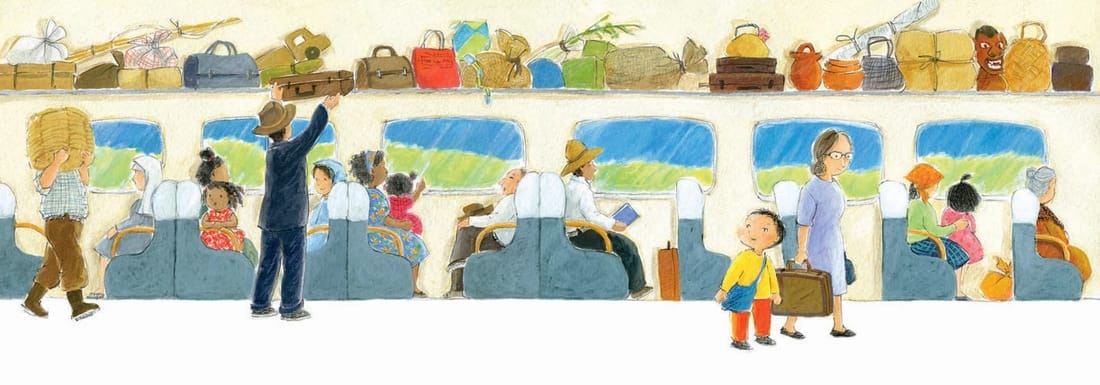
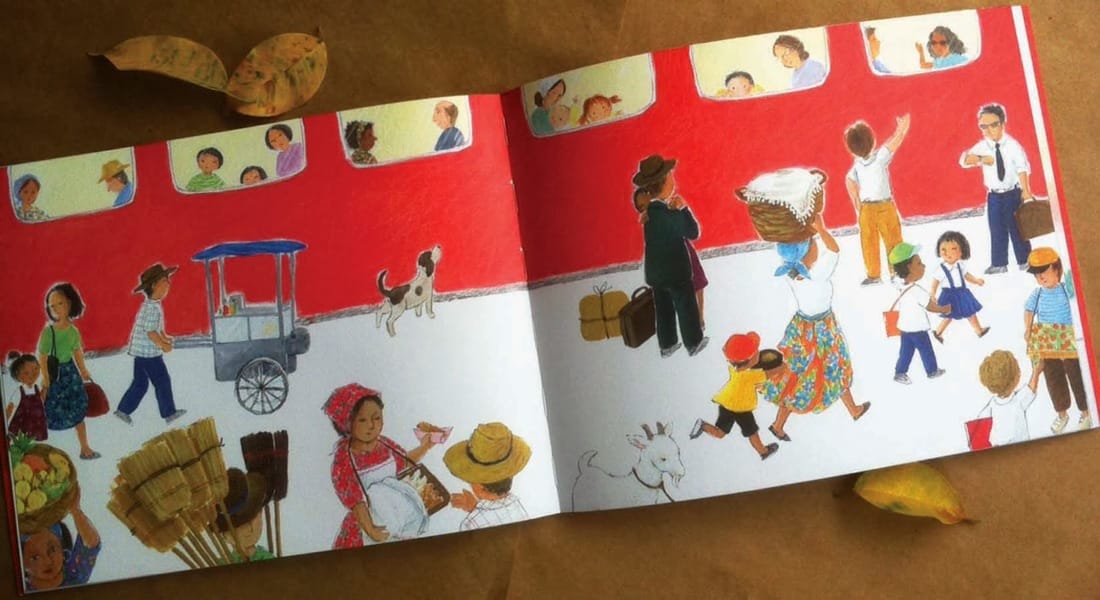
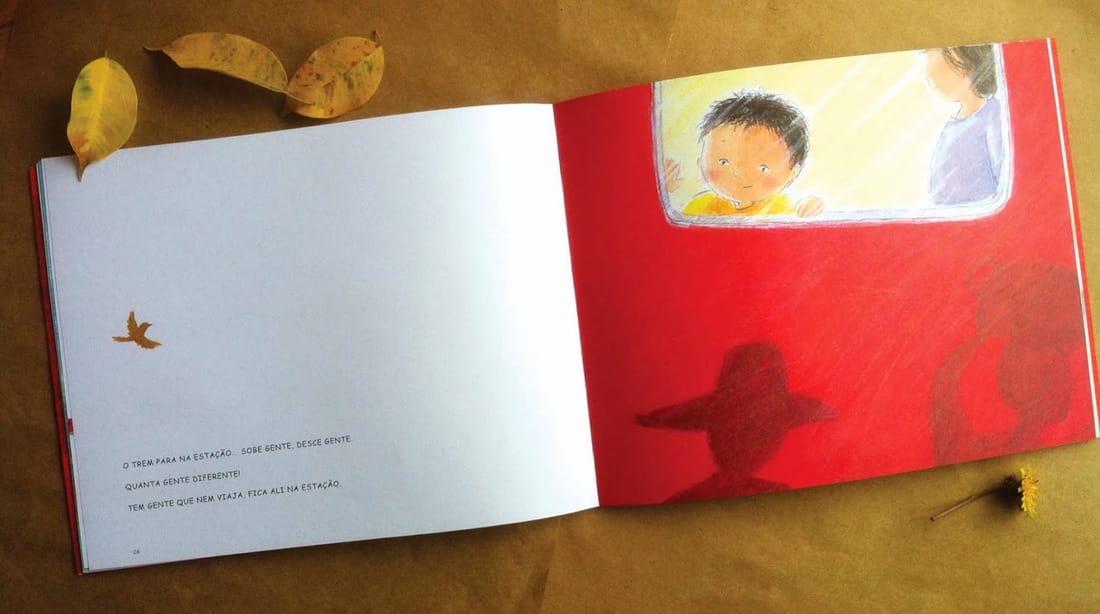
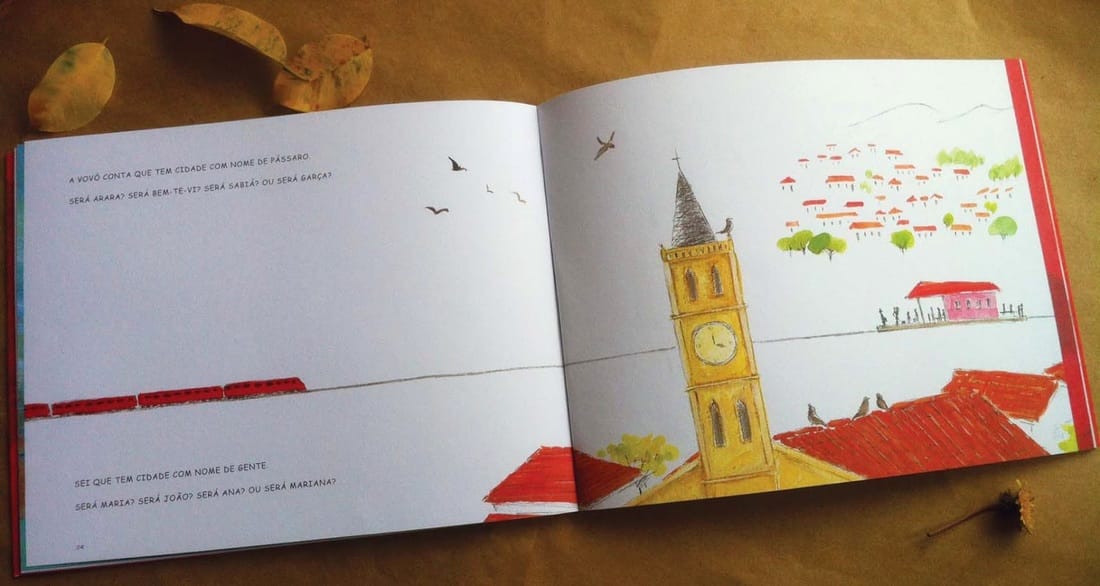
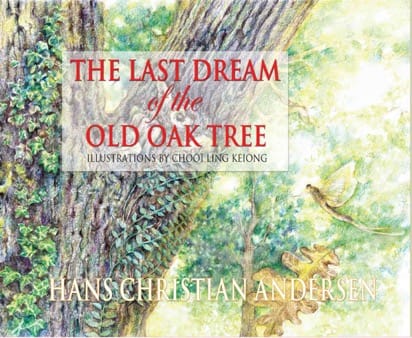
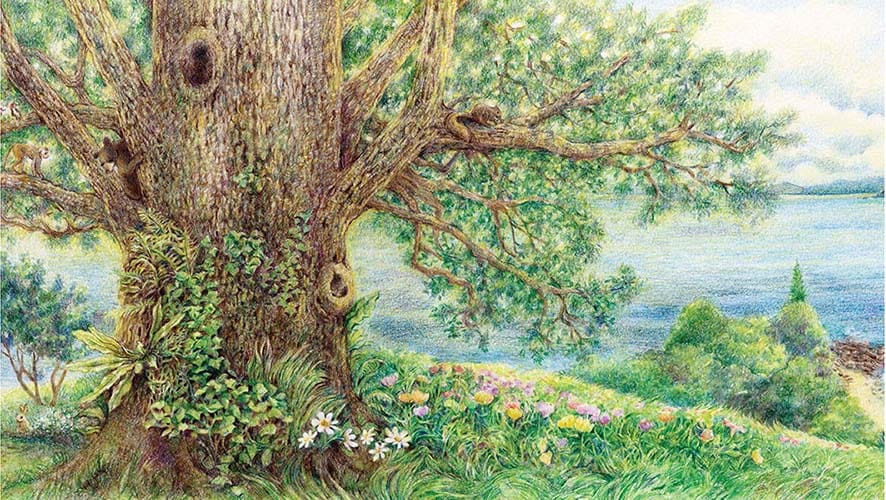
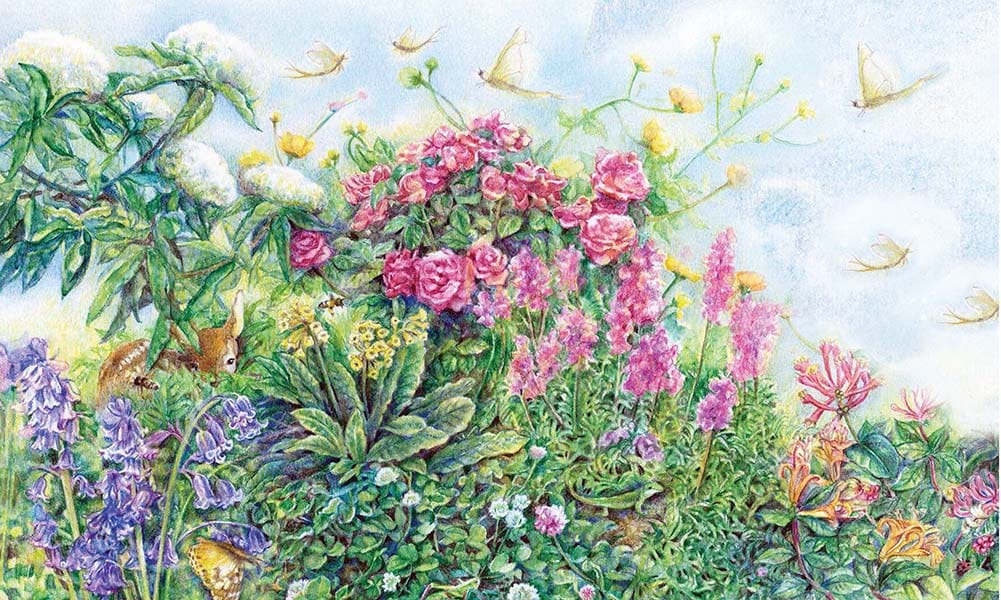
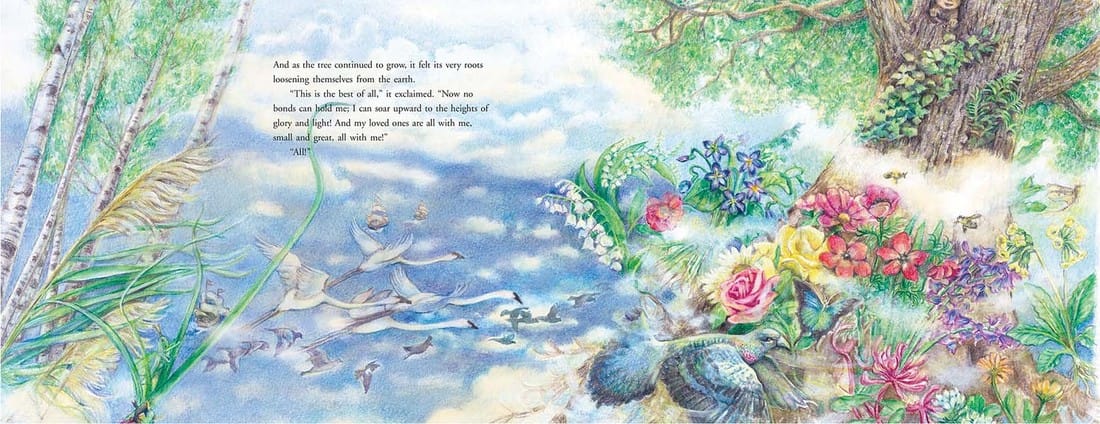
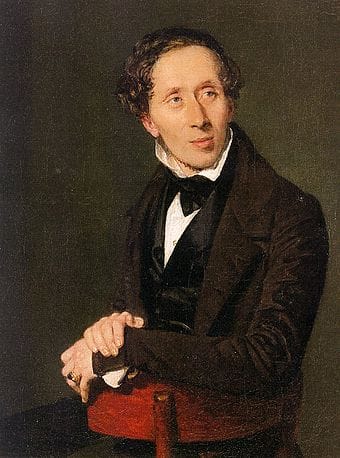
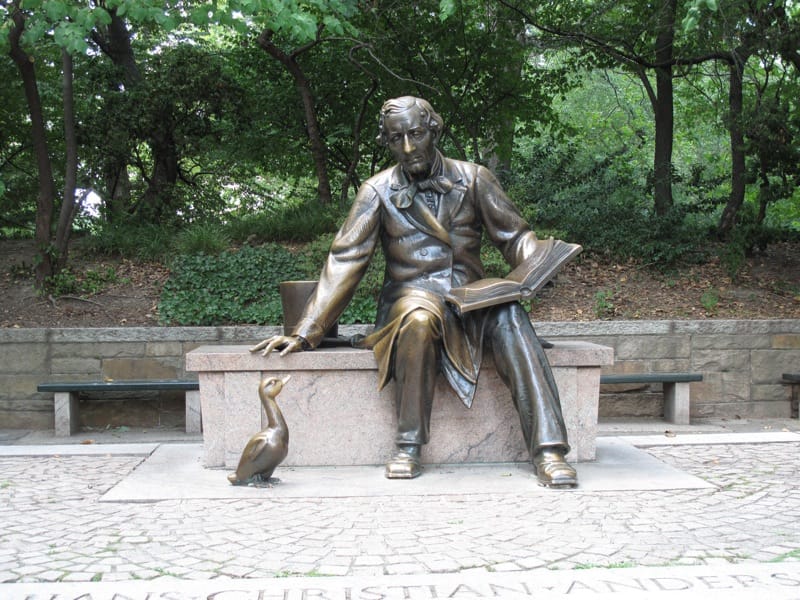
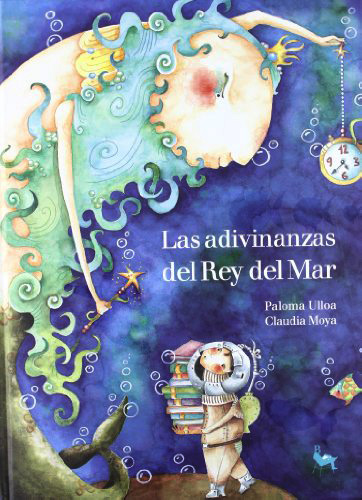

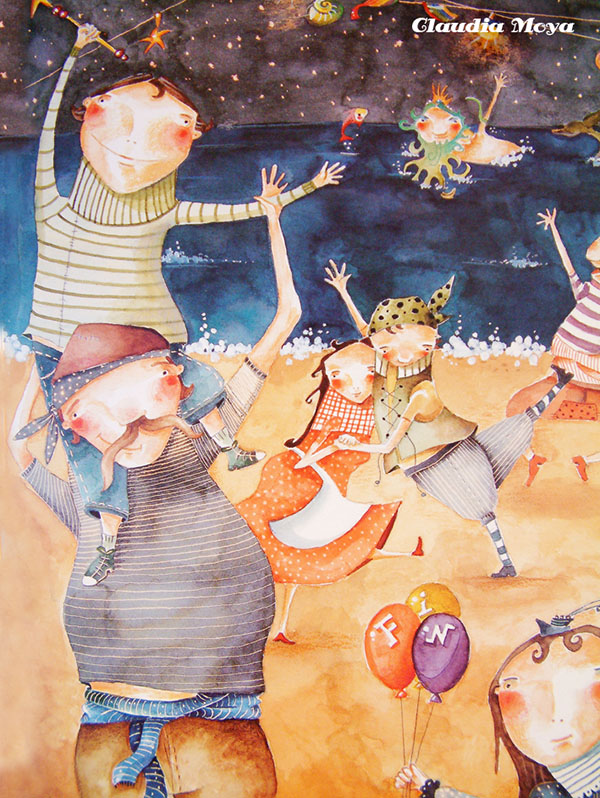
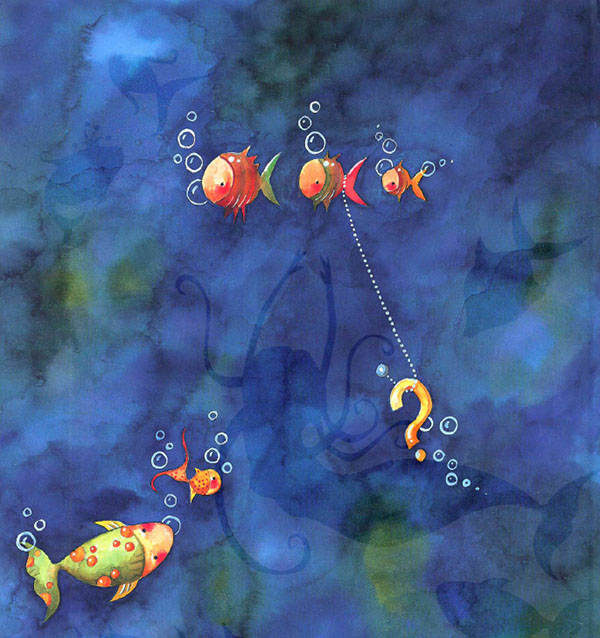
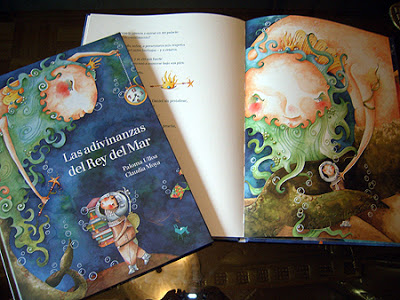
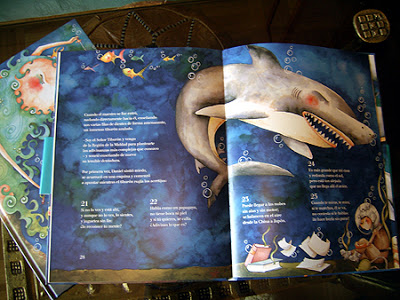
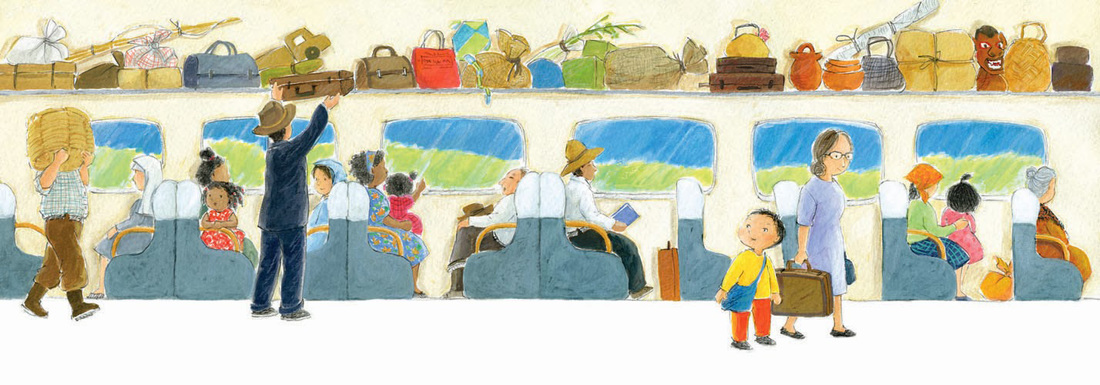
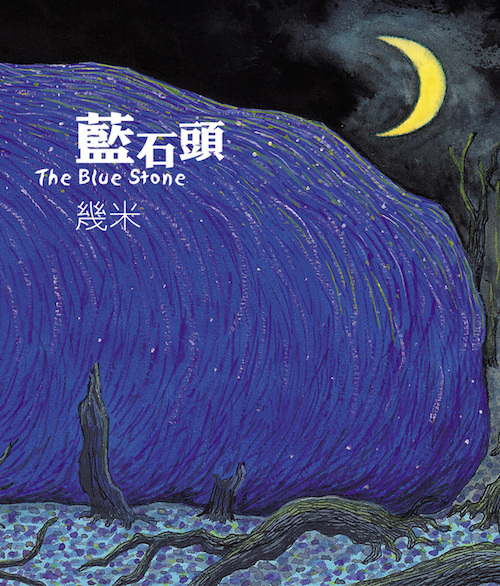
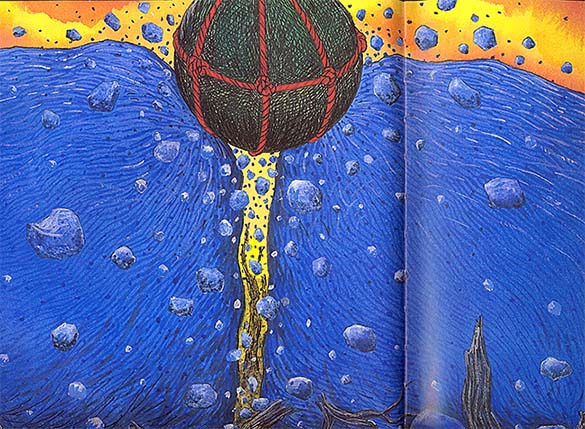
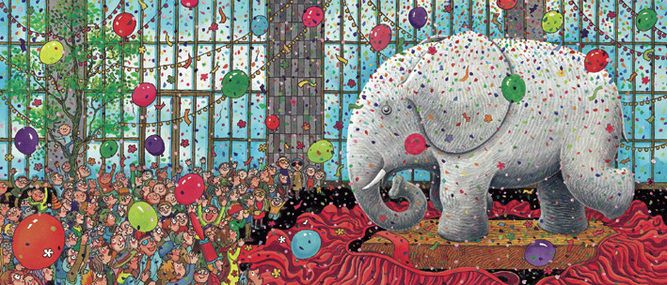
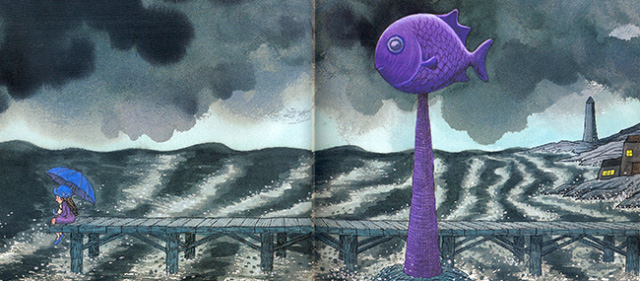
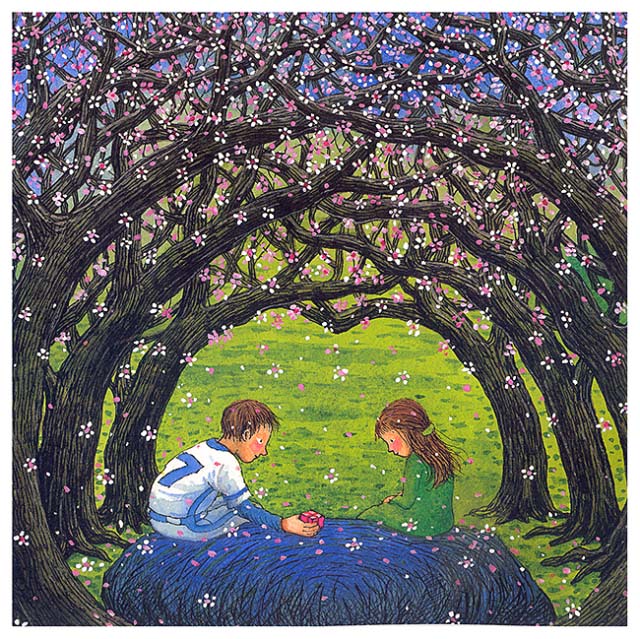
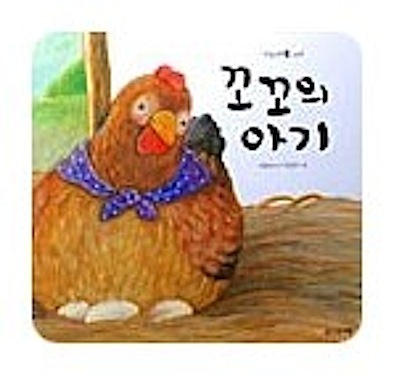
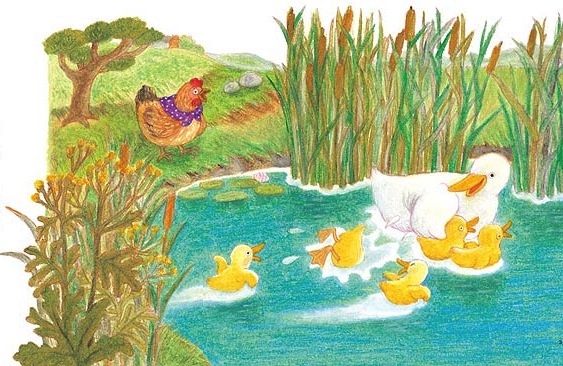
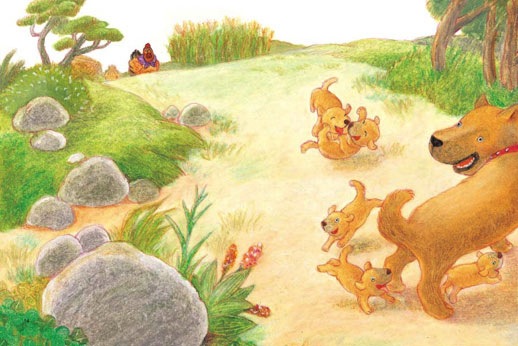
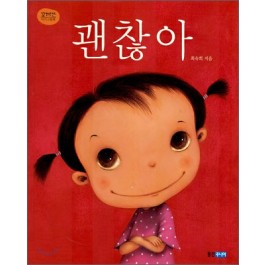
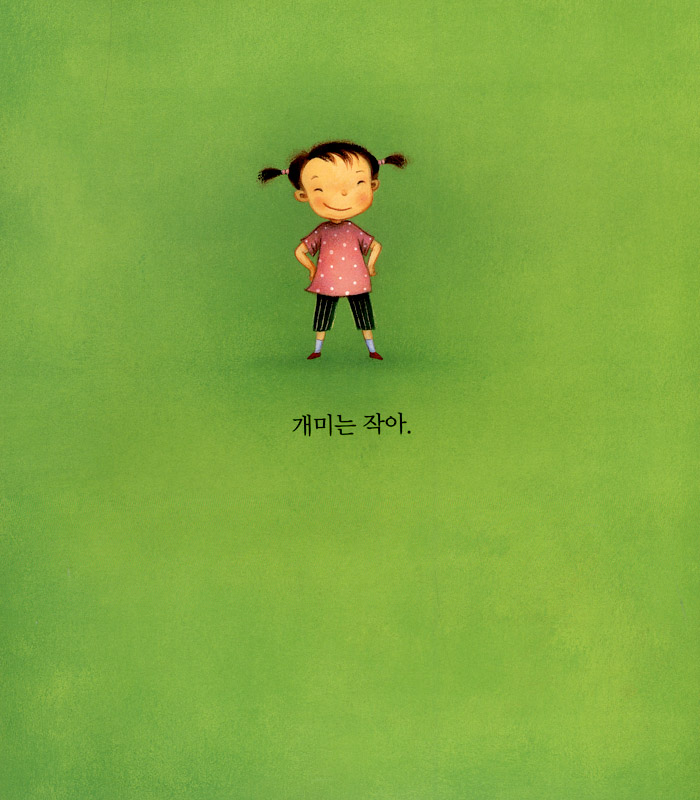
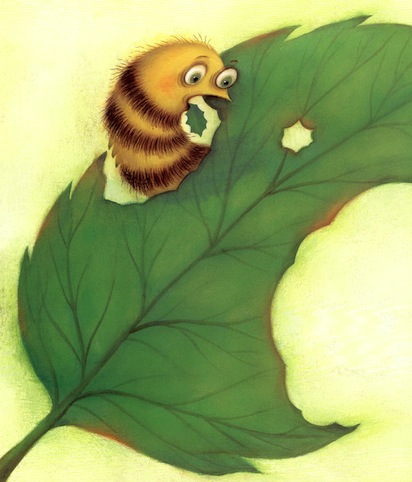
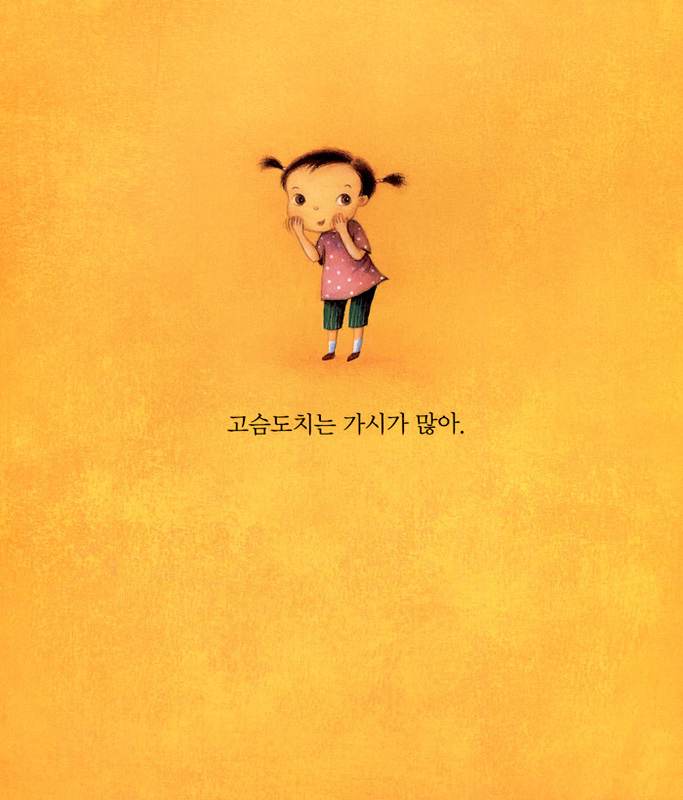
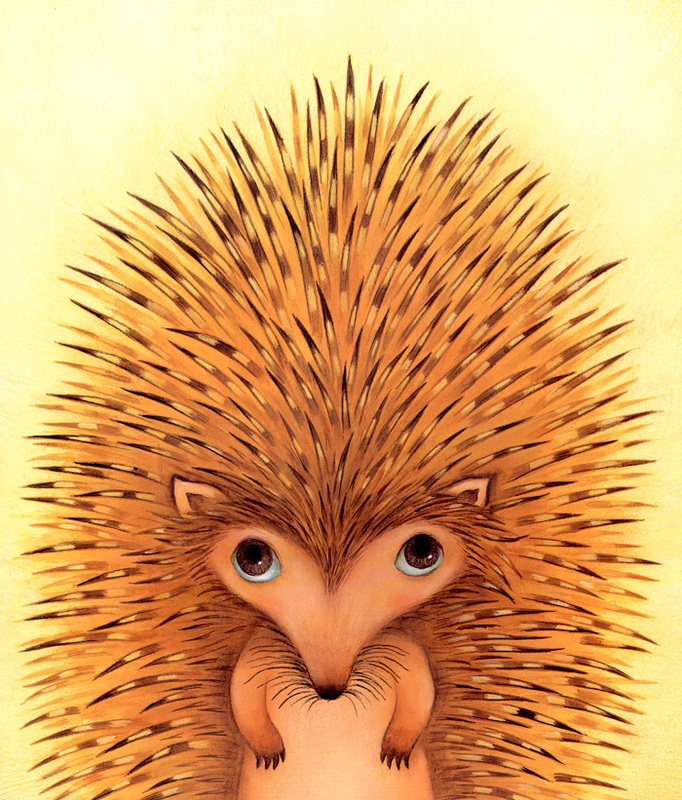
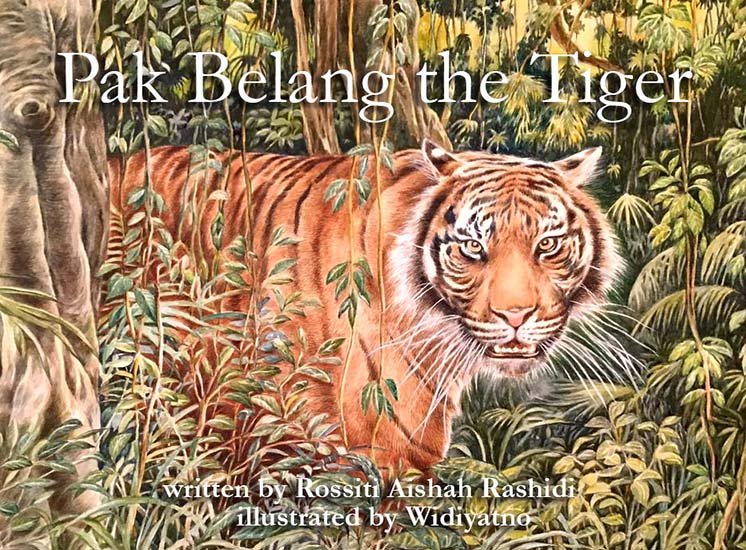
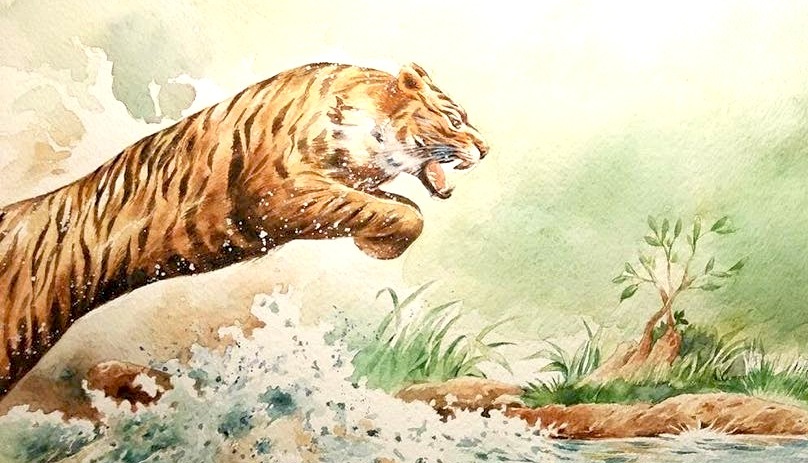

 RSS Feed
RSS Feed
